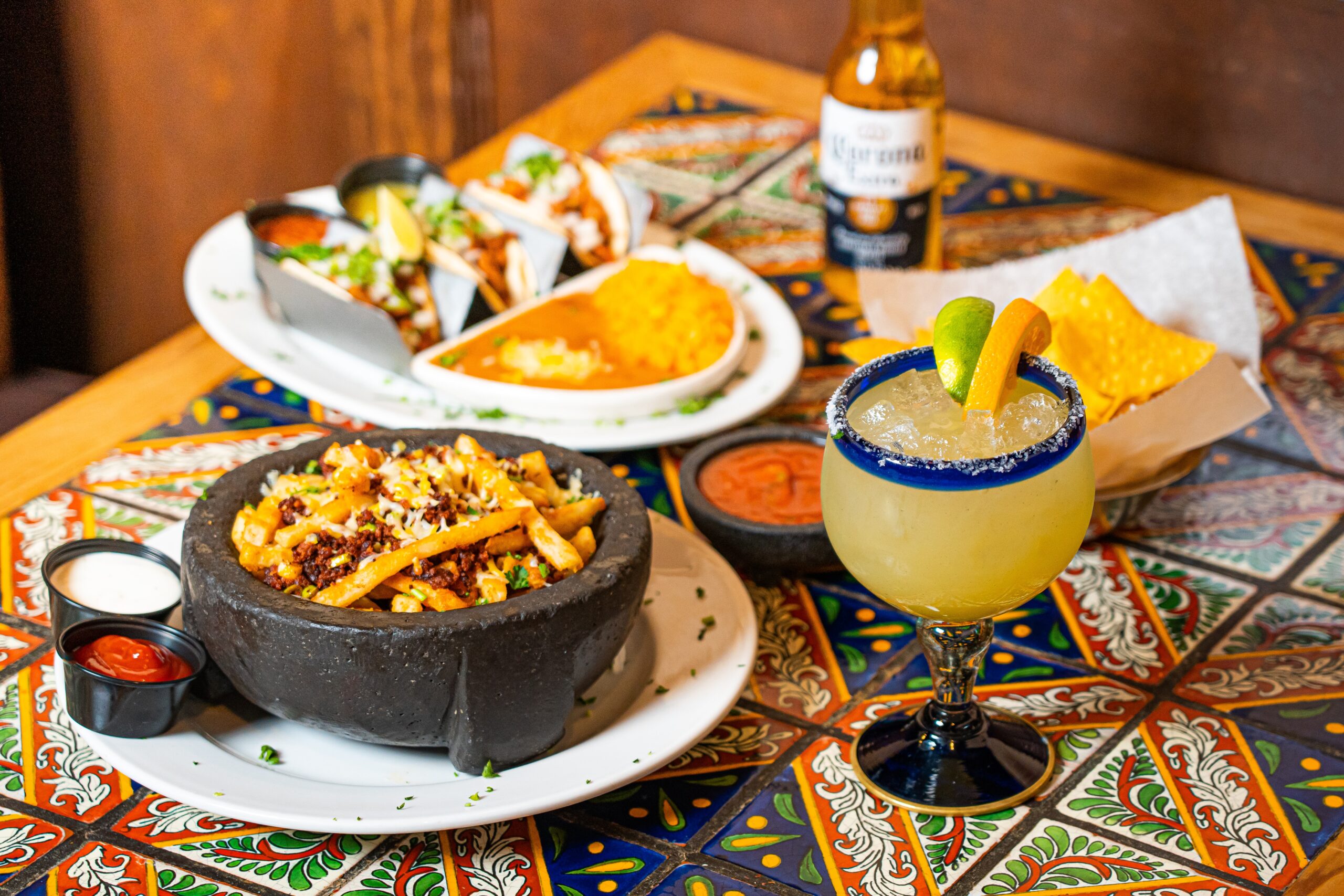Traditional restaurant sector has historically suffered very thin margins on its menus. Customers hardly order the high margins foods as they are quite expensive. This has left majority of the customer segment ordering the more affordable options provided, leaving the restaurants with about a 7 – 22% profit margins.
The global food industry is estimated to be more than USD 11.2 trillion and growing. While the price of raw materials has consistently grown over the years, staying competitive in a price-sensitive market is a major pain point; especially for sit-in restaurants. How then do restaurants address the need to have more favorable prices while at the same time not digging a deeper hole in their margins?
Upon the onset of Covid – 19, some restaurants pivoted to provide takeaway services for their customers. This was done mostly through the use of third-party platforms. In Kenya, these restaurants leverage the network of platforms such as Jumia Food, Uber Eats and Glovo. However, this new line of operation introduced yet another non-existing cost of commissions and other platform fees. Apart from that, restaurants had to now incur a packaging cost, which when shifted to customers, only makes their offering less attractive to the majority of the price-sensitive population.
According to a McKinsey study, for a typical online food order, 32% of the price goes to platform commissions. Another 11% of the total order goes to driver tips; leaving the restaurant owner with an average gross margin of 56%. In addition, about 21% goes to cost of goods sold, another 21% to labor costs, and finally about 17% to occupancy costs. Ultimately, the restaurant in pursuit of customer centric online ordering and delivery business model ends up in a net loss of between 3% – 7%.
In light of this paradox, there has to be a way to pivot even further so that these restaurants can minimize their operating costs. This is where dark kitchens come in as an innovative business model for the food industry.
The concept of dark kitchens is gaining a lot of traction globally. Basically, a dark kitchen is a service that enables customers to order their favourite food and have it delivered to their address or they can pick it up from a given address. Dark kitchens do not provide any sitting area for the customers. Hence, they are able to keep the operational costs very low as they have minimized the need for extra space for sitting, extra staff to attend to the in-sit customers and many more. These dark kitchens can be set up in either existing restaurants or other strategic locations that are quite close to the customers.
Deliveroo is one of the leading dark kitchens in the UK. Deliveroo has about 74 kitchens in 12 different locations. The 1.4 billion euros company raised more than 200 million euros in 2017 to improve its margins by automating the whole value chain, from food preparation to delivery.
In South Africa, Darth Kitchens received a capital injection of about $300,000 from Silvertree Holdings, valuing the company at about $610,460. Darth Kitchens reportedly has a reduced operational cost of 25% compared to a sit-in restaurant while only utilizing 20% of rent cost.
In East Africa, Kune is the new kid on the block venturing into this emerging market in Kenya. Established in 2021, Kune raised $1 million in pre-seed funding. The food startup delivers freshly prepared fast food at affordable prices to the urban population in Kenya’s capital city, Nairobi.
There is certainly a growing interest in the dark kitchens business model within the venture capital world and food tech investors. Indicatively, Lalanick, Uber’s founder has raised over $40 million from Google Ventures so as to grow their network of dark kitchens in the US market.
Third-party delivery platforms have noticed this new trend and have come to maximize on this new trend. Companies such as Uber and Bolt have set up complete delivery divisions, Uber Eats (2015) and Bolt Food(2021) respectively. These companies leverage on their existing fleet of “boda boda” to make these deliveries. In addition, Glovo has set up shop to solely fulfil orders, part of which are from restaurants.
Succeeding in dark kitchens
As much as the concept of dark kitchens seems mouthwatering in terms of better margins in comparison to traditional restaurants; there are key hot buttons that require to be well pushed to maximize the chances of success.
- First, dark kitchens need to invest adequately in marketing. These restaurants do not have a physical restaurant and hence need to ensure that there is enough consumer awareness. A stable customer base would maximize their lifetime value; since to acquire new customers is more expensive compared to retaining existing ones.
- Secondly, dark kitchens need to offer an appealing selection on their menus while still being affordable; in order to encourage and increase repeat orders from their customers.
- Lastly, the delivery of the ordered food has to be very efficient. Promised delivery timelines have to be met consistently, otherwise customers will shift to more reliable vendors.
Author: Dickson Ndoro


